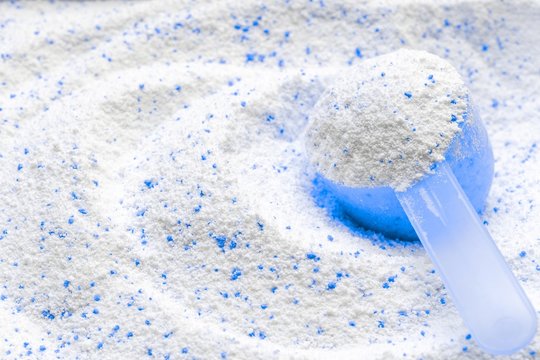

“Enzymes can be defined as biological polymers that catalyse biochemical reactions.”
Enzymes are actually made up of thousands of amino acids that are linked in a specific way to form different enzymes. The enzyme chains fold over to form unique shapes and it is these shapes that provide the enzyme with its characteristic chemical potential.
Enzymes exist in all of nature in microorganisms, plants, animals, as well as human bodies. Enzymes can be produced in large quantities through fermentation, where microorganisms are grown in controlled environments to produce the desired enzyme.


Enzymes are characterized by two fundamental properties. First, they increase the rate of chemical reactions without themselves being consumed or permanently altered by the reaction. Second, they increase reaction rates without altering the chemical equilibrium between reactants and products.
In the absence of enzymatic catalysis, most biochemical reactions are so slow that they would not occur under the mild conditions of temperature and pressure that are compatible with life. Enzymes accelerate the rates of such reactions by well over a million-fold, so reactions that would take years in the absence of catalysis can occur in fractions of seconds if catalysed by the appropriate enzyme.
Enzymes (and other catalysts) act by reducing the activation energy, thereby increasing the rate of reaction.
Earlier, enzymes were assigned names based on the one who discovered them. With further research, classification became more comprehensive.
According to the International Union of Biochemists (I U B), enzymes are divided into six functional classes and are classified based on the type of reaction in which they are used to catalyse.

© SATINZ BIOTECH. All Rights Reserved.